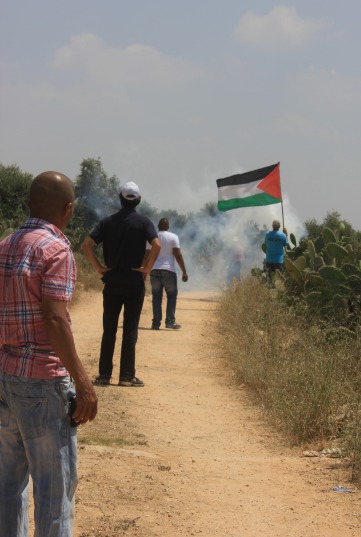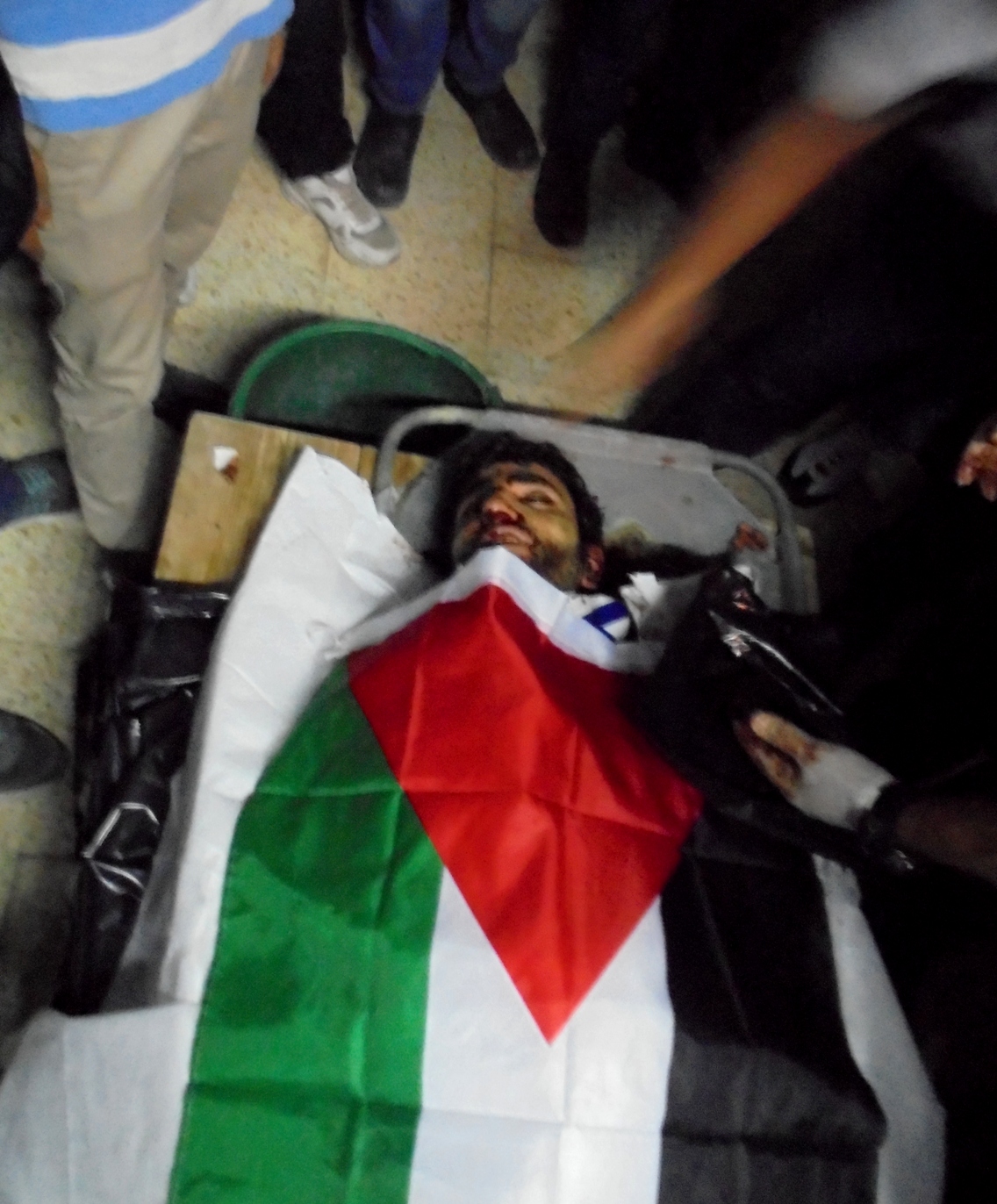Tag: Live Ammunition
-
Violence in Ni’lin
14th June 2014 | International Solidarity Movement, Ramallah team | Ni’lin, Occupied Palestine A Red Crescent paramedic, present at the Ni’lin demonstration last week, spoke to ISM about the protest last Friday, 6th June. He explained that the demonstration began as the protesters marched towards the apartheid wall, with Israeli soldiers firing tear gas canisters and rubber-coated steel bullets. After just 15…
-
Palestinian murdered by Israeli forces in Huwarra
4th June 2014 | International Solidarity Movement, Nablus team | Huwwara, Occupied Palestine In the late hours of Monday evening, Israeli forces executed 30-year-old, father of two, Alaa’ Mohammed ‘Awadh, at Za’tara checkpoint, in southern Nablus. The Israeli army claimed that a Palestinian gunman was shot dead after he injured an Israeli police officer in the leg. The villagers of…
-
Photo story: Palestinians protest the deaths of two martyrs
17th May 2014 | International Solidarity Movement | Ofer, Occupied Palestine On the 16th May, Palestinians protest on the road to Ofer prison, following the murder of two Palestinian youths on the same road on the previous day during the Nakba Day protest. The youths, 22-year-old Muhammad Audah Abu al-Thahir and 17-year-old Nadim Siyam Nuwarah, were…



